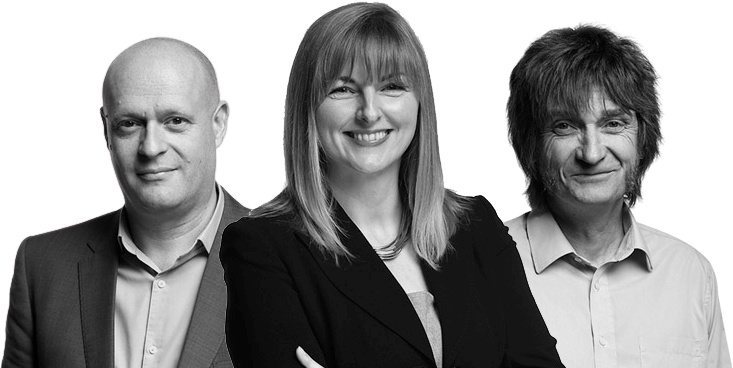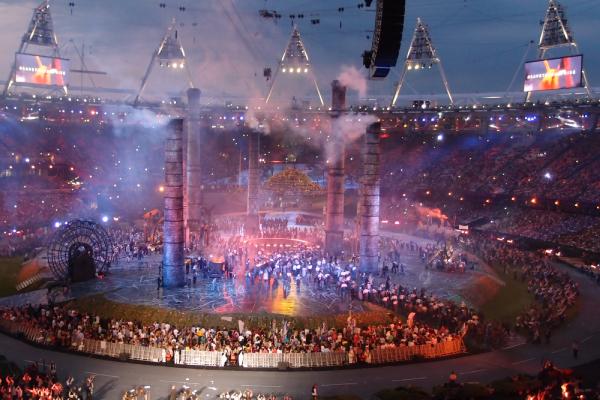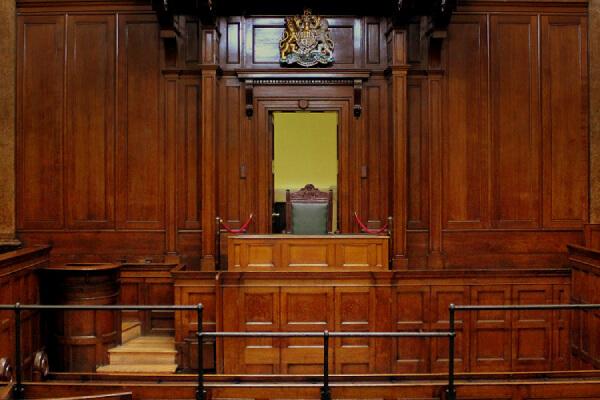That takes the Biscuit!

We’re consciously in charge of our own attitude and behaviours. It doesn’t matter what other people do around us or what the environment is like, we have our own values and standards and we stick by them……. or so we think!
Let me ask you a simple question………how do you eat a biscuit?
Same way each time? Or does it depend?
Imagine you’re visiting a friend and they’ve just redecorated their living room. No shabby chic here, cream carpet, white leather sofa, the works. You have a nice cup of tea and a crumbly chocolate chip cookie, in the new pristine room! How do you eat the biscuit?
Very carefully! Any crumb is going to be obvious and a potential nightmare for the room and your friendship!
What about the same visit but this time you’re in the garden shed with the cuppa? You probably wouldn’t even think about what you were doing, no careful catching of crumbs this time.
Same friend, same biscuit, different environment.
These social cues are part of the theory of “norm-setting”. Under the theory an ordered and clean environment sends the signal that people maintain the good standards and behaviour to the contrary wouldn’t be tolerated. Conversely, a disordered environment sends the signal that no-one will notice or act on behaviours that would make it worse.
These social cues and the impact they have on our behaviours make up part of the Japanese continuous improvement philosophy. Often termed the broken window theory, i.e. if a building has no broken windows it will remain like that for a time. If a few windows are broken and not repaired the tendency is for vandals to break a few more and escalate and accelerate the damage. A working example you can try out is to watch what happens the first time someone throws something at a bin and misses – within 20 minutes or so there will be rubbish all around the area! The behaviour is “normed”.
So how can we use this idea for more than just the setting up of social experiments? Simply put, don’t underestimate the power of the physical environment that you create. You start communicating with people the second they set eyes on your site. They’ll build a perception of what is acceptable based on what they see around them.
What do you want the environment to say about your company and what you expect from people? Does your working environment really drive behavioural safety?
There are social cues everywhere, and being proactive in setting the right cues in the environment gives a strong indication as to how we want people to eat their biscuits!







